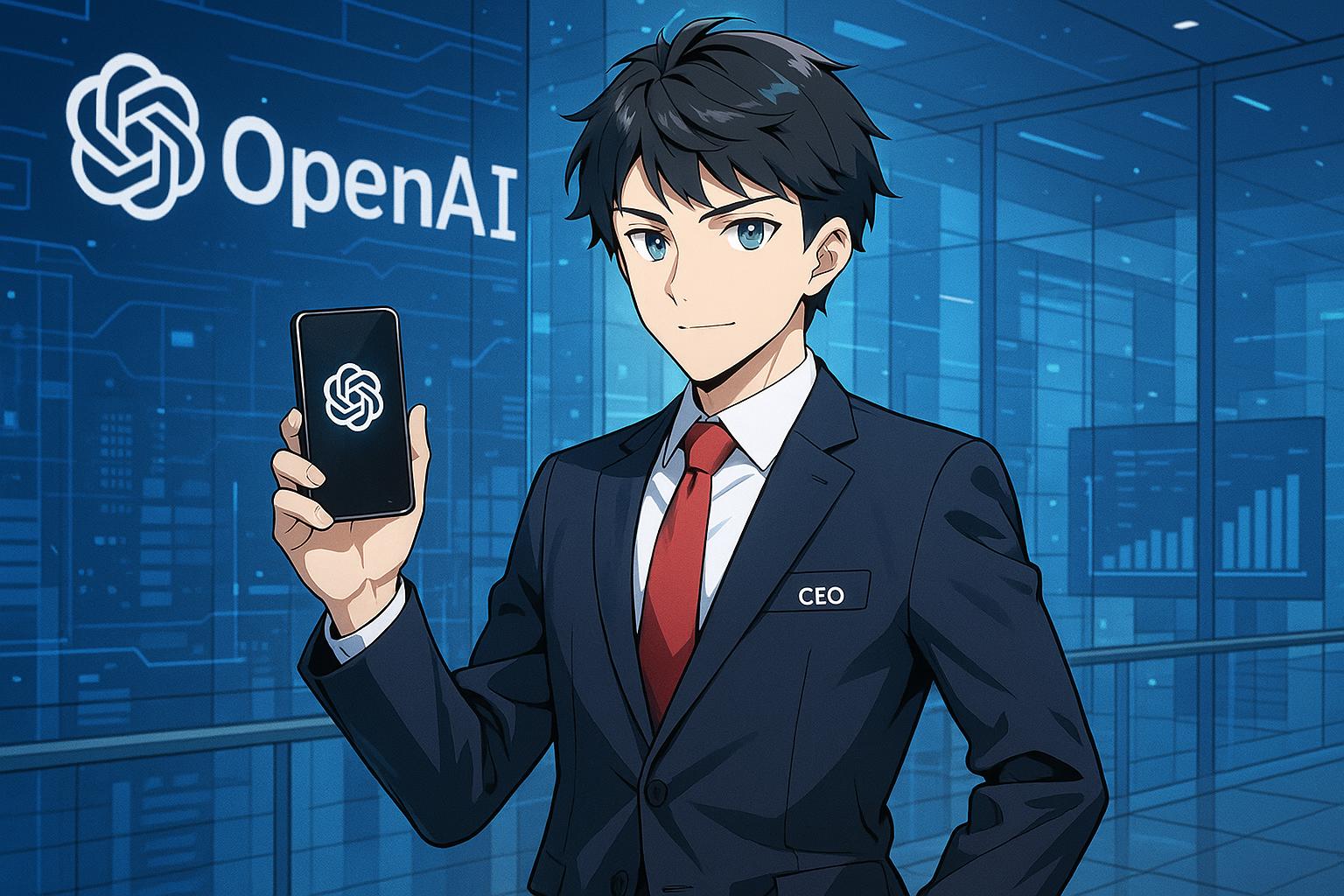As OpenAI intensifies its focus on consumer applications, the dynamics surrounding Artificial Intelligence (AI) in enterprise settings play a pivotal role in this shift. Traditionally, new technologies infiltrate businesses either through top-down mandates from executives or through the grassroots initiatives of employees keen to apply what they find valuable in their personal lives. This latter, back-door approach has become increasingly significant, particularly as organisations grapple with the complexities of AI integration.
The enterprise landscape has witnessed its fair share of AI pilots that have faltered. A report from IBM highlighted that only a quarter of AI initiatives undertaken by CEOs yielded expected returns on investment. This has led companies like Johnson & Johnson to scale back their AI experiments, focusing instead on more promising projects. The evidence suggests that while certain teams have successfully harnessed AI for mundane tasks—such as summarising legal documents in law firms or automating repetitive coding tasks—the overarching strategy of imposing AI from the top down has not proven effective. As one expert noted, even in the realms of finance and legal services, AI’s limitations surface quickly, requiring human scrutiny to avoid costly errors.
Amidst these challenges, OpenAI's recent corporate changes signal a strategic pivot. The appointment of Fidji Simo, previously the CEO of Instacart and a former executive at Meta, as OpenAI’s chief of applications underscores a focus on delivering consumer-oriented products. Simo's background in consumer technology and operations suggests that OpenAI is not merely restating its commitment to enterprise solutions but is sincerely turning its gaze towards innovative consumer applications. This move aligns with Sam Altman’s vision of AI as the next major tech platform, underscoring the belief that future AI breakthroughs will require dedicated consumer hardware—an area OpenAI is beginning to explore through substantial investments, including a $6.5 billion acquisition of Jony Ive’s design startup.
Ive, celebrated for his work at Apple, is expected to lead efforts to develop consumer gadgets that could redefine how individuals interact with AI. The ambition here is clear: OpenAI plans to introduce AI-enabled devices that could appeal to a vast market, perhaps mirroring the transformative impacts of personal computers and smartphones. This initiative comes at a time when the landscape of AI in enterprise has faced scrutiny, as many companies question the viability of large-scale deployments without clear precedents for reliable performance.
Such strategic shifts come with inherent risks. While OpenAI capitalises on consumer sentiments and trends, the reality remains that enterprises will eventually have to contend with how AI manifests in the workplace. Employees, having adopted AI tools independently, may introduce unregulated software to their teams, necessitating IT departments to devise control mechanisms to prevent misuse and to establish guidelines for responsible AI usage. As AI capabilities expand, the dual challenge will be to maintain productivity while safeguarding against the repercussions of ineffectively managed technology.
Moreover, the discussion surrounding AI's role in business operations extends to the legal repercussions of its use. Historically, the backlash to erroneous outputs has often meant accountability lands squarely on company leaders. The critical environments of finance and healthcare, where erroneous decisions can lead to substantial losses or risks to life, illustrate that a mere 80% accuracy in AI outputs is insufficient. Companies will need robust checkpoints to mitigate these risks, which may involve integrating human oversight in processes heavily reliant on AI.
Ultimately, the trajectory of AI in both consumer and enterprise spheres suggests an evolving narrative wherein end-users drive adoption, compelling IT departments to adapt and innovate alongside. As OpenAI charts its future course from consumer breakthroughs to enterprise solutions, the interplay between these realms could redefine the fabric of modern work, operational efficiencies, and ultimately, the very essence of productivity in a rapidly changing technological landscape.
Reference Map:
- Paragraph 1 – [1], [4]
- Paragraph 2 – [1], [2], [3], [6]
- Paragraph 3 – [2], [5]
- Paragraph 4 – [1], [3]
- Paragraph 5 – [4], [6]
Source: Noah Wire Services
